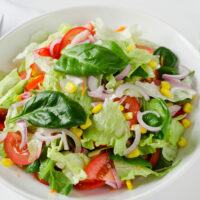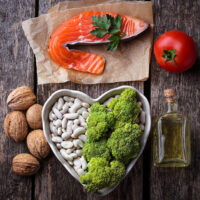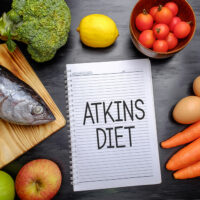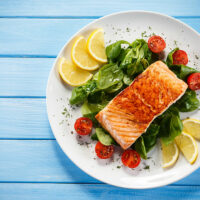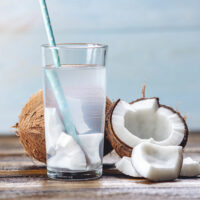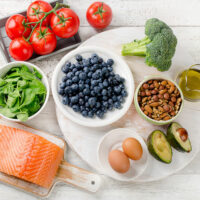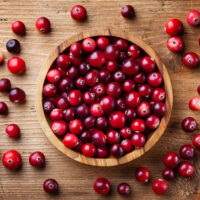
Home remedies for protecting dogs from fleas and ticks
With summertime just a few weeks away, the warm weather will invariably bring with it the flea menace. As everyone ruses outdoors and the flea season kicks in, these pests can be a source of much discomfort for our four-legged companions. While you can buy deterrents and repellents from the pet store, quite a few everyday kitchen ingredients are effective natural remedies for fleas and ticks. Natural oils Essential oils are quite effective in eliminating fleas; they are diluted and used to make shampoos and sprays for dogs infected by fleas and ticks. These oils need to be applied with caution because the scent is extremely pungent and indiscriminate use even can cause to harm your dog. The idea is to apply the oils like peppermint, lavender, cedar oil, or lemongrass onto a well-ventilated surface of their body, but not near their face. You can dilute these natural oils in a carrier like almond or olive oil. Garlic Freshly crushed garlic may be added to your dog’s food to protect him from fleas. Depending on how big your dog is, you can use a couple of cloves to get the desired result. But you should not use more than half a clove if their body weight is less than 20 pounds.
Read More. 